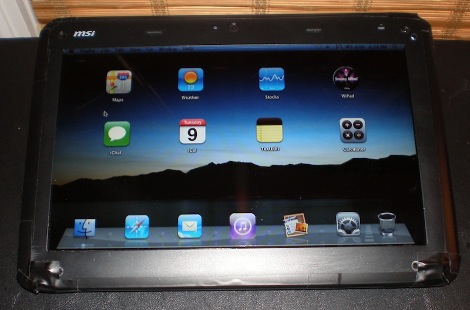[brightcove vid=76029544001&exp3=16977198001&surl=http://c.brightcove.com/services&pubid=245991542&w=470&h=325]
Project J.A.R.V.I.S. is an attempt to create a digital life assistant, or DLA. The name comes from the version in the movie Iron Man. While the details of the build are pretty slim, you can see that he’s using a mac mini for the base with an Arduino controlled RFID reader at his door. What is really interesting is how functional he has actually made it. Watch the video on the site to see a pretty good explanation of features.
[via Gizmodo]















